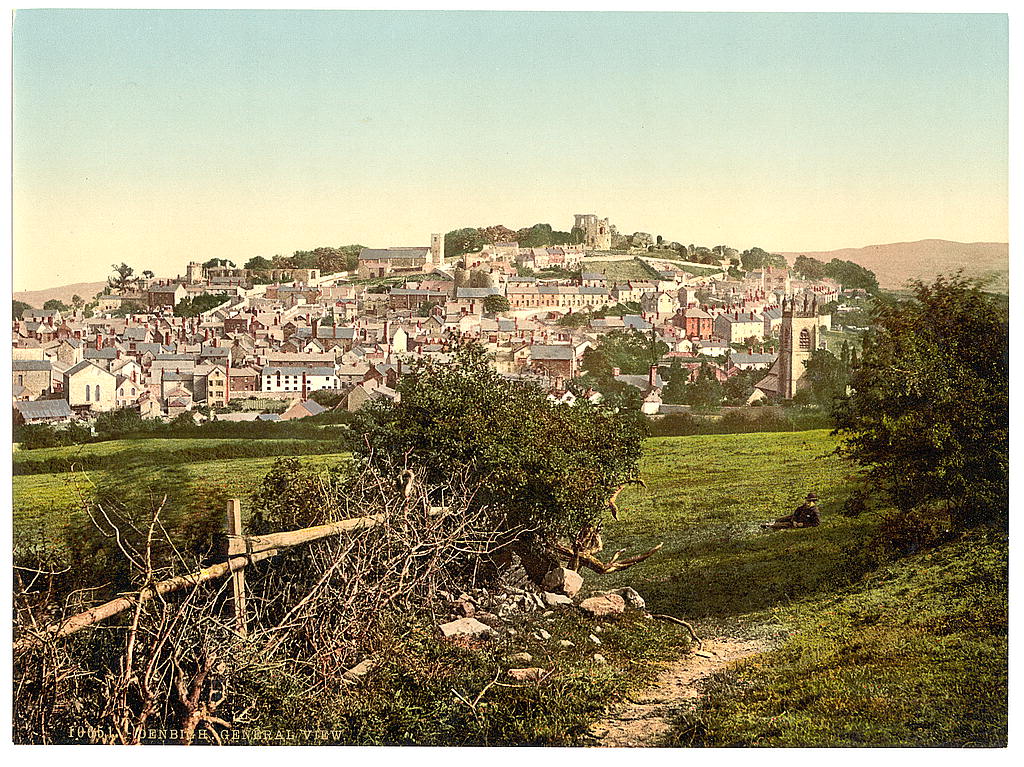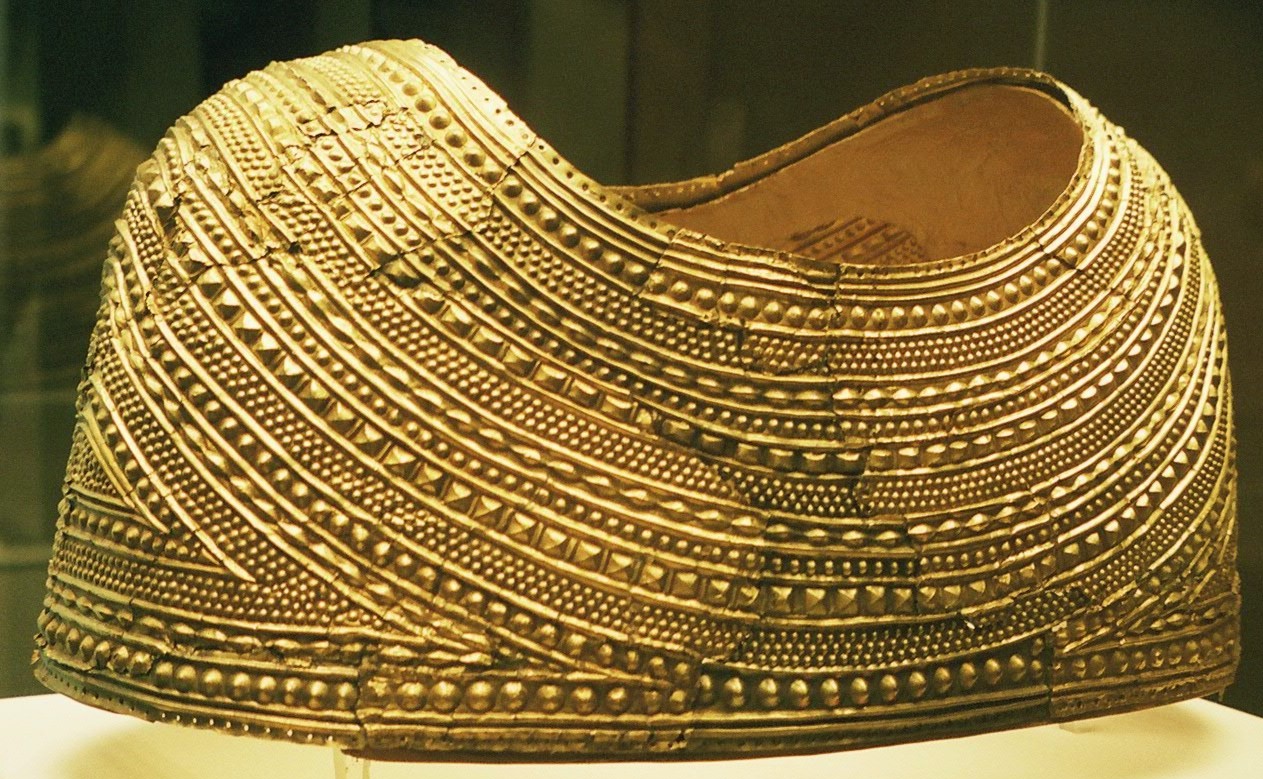|
Media In Wales
The media in Wales provide services in both English and Welsh, and play a role in modern Welsh culture. BBC Wales began broadcasting in 1923 have helped to promote a form of standardised spoken Welsh,Davies (2008) p. 87 and one historian has argued that the concept of Wales as a single national entity owes much to modern broadcasting. The national broadcasters are based in the capital, Cardiff. Newspapers and news magazines History of newspapers in Wales The initial growth of newspaper publishing in Wales was slow in comparison to that of urban England, mainly due to distribution problems caused by poor transport networks and in particular rail links.Davies (2008) p. 615 It was further hindered by taxes on paper, advertising and the newspapers themselves. This changed in the early 19th century when Wales experienced sweeping social changes due to the Industrial Revolution. A rapid surge in population growth, along with the adoption of radacalist political views and the growt ... [...More Info...] [...Related Items...] OR: [Wikipedia] [Google] [Baidu] |
English Language
English is a West Germanic language of the Indo-European language family, with its earliest forms spoken by the inhabitants of early medieval England. It is named after the Angles, one of the ancient Germanic peoples that migrated to the island of Great Britain. Existing on a dialect continuum with Scots, and then closest related to the Low Saxon and Frisian languages, English is genealogically West Germanic. However, its vocabulary is also distinctively influenced by dialects of France (about 29% of Modern English words) and Latin (also about 29%), plus some grammar and a small amount of core vocabulary influenced by Old Norse (a North Germanic language). Speakers of English are called Anglophones. The earliest forms of English, collectively known as Old English, evolved from a group of West Germanic (Ingvaeonic) dialects brought to Great Britain by Anglo-Saxon settlers in the 5th century and further mutated by Norse-speaking Viking settlers starting in the 8th and 9th ... [...More Info...] [...Related Items...] OR: [Wikipedia] [Google] [Baidu] |
Carmarthen Journal
The ''Carmarthen Journal'' is a newspaper founded in 1810 in Wales and now based in Carmarthen, the county town of Carmarthenshire, Wales. The building housing the ''Carmarthen Journal'' asserts that the ''Carmarthen Journal'' is the oldest newspaper in Wales. In 2012, Local World acquired ownership of Northcliffe Media from Daily Mail and General Trust. Welsh Newspapers Online has digitised 1340 issues of the Carmarthen Journal (1810–1919) from the newspaper holdings of the National Library of Wales The National Library of Wales ( cy, Llyfrgell Genedlaethol Cymru), Aberystwyth, is the national legal deposit library of Wales and is one of the Welsh Government sponsored bodies. It is the biggest library in Wales, holding over 6.5 million boo .... See also References External links Official websiteof the ''Carmarthen Journal'' Northcliffe Media Newspapers published in Wales Companies based in Carmarthenshire British companies established in 1810 Publications es ... [...More Info...] [...Related Items...] OR: [Wikipedia] [Google] [Baidu] |
John Griffith (journalist)
John Griffith (16 December 1821 - 13 December 1877) was a Welsh journalist based in London. He was known by his pen name "Y Gohebydd" (The Correspondent). Early life John Griffith was born in Bodgwilym, Wales in 1821 to Griffith Griffith and Maria (née Roberts). He grew up in Barmouth, Merionethshire where he received an elementary education. Around 1836 he was apprenticed to William Owen; 'Grocer, Draper, and Druggist', with whom he remained until 1840. In 1847 Griffith was appointed to Sir Hugh Owen MP in connection with his work as secretary of the Welsh Education Society and went to live in London. They parted in 1849 and Griffith decided to remain in London where he opened a grocers, first in Greenwich and then in Walworth. Journalistic career Griffith began contributing articles to the monthly ''Y Cronicl'' (''The Chronicle'') journal, established by his uncle Samuel Roberts (Llanbrynmair). He later joined the staff of ''Baner ac Amserau Cymru'', the most popular Wels ... [...More Info...] [...Related Items...] OR: [Wikipedia] [Google] [Baidu] |
Baner Ac Amserau Cymru
The ''Baner ac Amserau Cymru'' (established in 1857) was a weekly Welsh language newspaper, distributed throughout Wales and in the Liverpool area. It contained local and national news and information. It was formed by the amalgamation of ''Baner Cymru'' ("The Banner of Wales"), which had been founded in 1857 by Thomas Gee, and ''Yr Amserau'' ("The Times", founded 1846) in 1859. at Welsh Newspapers Online, The bookseller and writer wrote for the ''Baner''.Evan David Jones [...More Info...] [...Related Items...] OR: [Wikipedia] [Google] [Baidu] |
Denbigh
Denbigh (; cy, Dinbych; ) is a market town and a community in Denbighshire, Wales. Formerly, the county town, the Welsh name translates to "Little Fortress"; a reference to its historic castle. Denbigh lies near the Clwydian Hills. History Denbigh Castle, together with its town walls, was built in 1282 by order of King Edward I. The Burgess Gate, whose twin towers adorn the symbol on Denbigh's civic seal, was once the main entrance into the town. The first borough charter was granted to Denbigh in 1290, when the town was still contained within the old town walls. It was the centre of the Marcher Lordship of Denbigh. The town was involved in the revolt of Madog ap Llywelyn in 1294–1295; the castle was captured in the autumn, and on 11 November 1294 a relieving force was defeated by the Welsh rebels. The town was recaptured by Edward I in December. Denbigh was also burnt in 1400 during the revolt of Owain Glyndŵr. During the Wars of the Roses (1455-1487), the town was ... [...More Info...] [...Related Items...] OR: [Wikipedia] [Google] [Baidu] |
Thomas Gee
Thomas Gee (24 January 181528 September 1898), was a Welsh Nonconformist preacher, journalist and publisher. Gee was born in Denbigh, Wales. At the age of fourteen he went into his father's printing office, Gwasg Gee, but continued to attend the grammar school in the afternoons. In 1837 he went to London to improve his knowledge of printing, and on his return to Wales in the following year, he threw himself into literary, educational and religious work. Among his publications were the well-known quarterly magazine ''Y Traethodydd'' ("The Essayist"), '' Y Gwyddoniadur Cymreig'' ("Encyclopaedia Cambrensis"), and Dr. Silvan Evans; ''English-Welsh Dictionary'' (1868), but his greatest achievement in this field was the newspaper ''Baner Cymru'' ("The Banner of Wales"), founded in 1857 and amalgamated with ''Yr Amserau'' ("The Times") two years later as ''Baner ac Amserau Cymru''. This paper soon became regarded as an oracle in Wales, and played a great part in promoting the nati ... [...More Info...] [...Related Items...] OR: [Wikipedia] [Google] [Baidu] |
Liverpool
Liverpool is a city and metropolitan borough in Merseyside, England. With a population of in 2019, it is the 10th largest English district by population and its metropolitan area is the fifth largest in the United Kingdom, with a population of 2.24 million. On the eastern side of the Mersey Estuary, Liverpool historically lay within the ancient hundred of West Derby in the county of Lancashire. It became a borough in 1207, a city in 1880, and a county borough independent of the newly-created Lancashire County Council in 1889. Its growth as a major port was paralleled by the expansion of the city throughout the Industrial Revolution. Along with general cargo, freight, and raw materials such as coal and cotton, merchants were involved in the slave trade. In the 19th century, Liverpool was a major port of departure for English and Irish emigrants to North America. It was also home to both the Cunard and White Star Lines, and was the port of registry of the ocean li ... [...More Info...] [...Related Items...] OR: [Wikipedia] [Google] [Baidu] |
Yr Amserau
''Yr Amserau'' (established in 1846 by William Rees and John Jones) was a bi-weekly Welsh language newspaper, distributed in Merseyside and North Wales. It covered local and national news, supporting radical and nonconformist principles The popular column (to which it may have owed its success) 'The Letters of an Old Farmer', covered topics such as religion, politics, education, and the Corn Laws. Associated titles: Baner ac Amserau Cymru (1859–1971). at Welsh Newspapers Online, National Library of Wales has digitised many of the early issues of ''Yr Amserau'' fro ... [...More Info...] [...Related Items...] OR: [Wikipedia] [Google] [Baidu] |
The Welshman (newspaper)
The Welshman (established in 1832) was a weekly 'radical' English language Welsh newspaper, reporting local and national news and information. It was published in Carmarthen and distributed in the Cardiganshire area and through much of South Wales. From 1840 to 1942 it was known as ''The Welshman and general advertiser for the Principality of Wales'', reverting to its original name in 1942. In the late 1940s the paper was bought by the owners of the ''Carmarthen Journal The ''Carmarthen Journal'' is a newspaper founded in 1810 in Wales and now based in Carmarthen, the county town of Carmarthenshire, Wales. The building housing the ''Carmarthen Journal'' asserts that the ''Carmarthen Journal'' is the oldest newsp ...'' . The Welshman ceased publication in 1984. There are 2,032 issues of the paper (from 1835 to 1910) free online at the National Library of Wales. References Newspapers published in Wales Newspapers established in 1835 Publications disestablished in 198 ... [...More Info...] [...Related Items...] OR: [Wikipedia] [Google] [Baidu] |
Monmouthshire Merlin
The ''Monmouthshire Beacon'' is a weekly tabloid newspaper covering the areas of Monmouthshire, south Herefordshire and western Gloucestershire. It has been in continuous publication since 1837. Since 1980 the newspaper has been part of the Tindle Newspaper Group of local newspapers owned by Farnham Castle Newspapers and chaired by Sir Ray Tindle (1926-2022).Monmouthshire Beacon British Newspapers Online, accessed 20 January 2012 The newspaper's editorial office is at Cornwall House, Monnow Street, Monmouth. The ''Beacon'' is published every Wednesday. Its sister paper, the '' |
Aberystwyth
Aberystwyth () is a university and seaside town as well as a community in Ceredigion, Wales. Located in the historic county of Cardiganshire, means "the mouth of the Ystwyth". Aberystwyth University has been a major educational location in Wales since the establishment of University College Wales in 1872. The town is situated on Cardigan Bay on the west coast of Wales, near the confluence of the River Ystwyth and Afon Rheidol. Following the reconstruction of the harbour, the Ystwyth skirts the town. The Rheidol passes through the town. The seafront, with a pier, stretches from Constitution Hill at the north end of the Promenade to the harbour at the south. The beach is divided by the castle. The town is divided into five areas: Aberystwyth Town; Llanbadarn Fawr; Waunfawr; Llanbadarn; Trefechan; and the most populous, Penparcau. In 2011 the population of the town was 13,040. This rises to nearly 19,000 for the larger conurbation of Aberystwyth and Llanbadarn Fawr. Th ... [...More Info...] [...Related Items...] OR: [Wikipedia] [Google] [Baidu] |
Mold, Flintshire
Mold ( cy, Yr Wyddgrug) is a town and community in Flintshire, Wales, on the River Alyn. It is the county town and administrative seat of Flintshire County Council, as it was of Clwyd from 1974 to 1996. According to the 2011 UK Census, it had a population of 10,058. A 2019 estimate puts it at 10,123. Origin of the name The original Welsh-language place name, ''Yr Wyddgrug'' was recorded as ''Gythe Gruc'' in a document of 1280–1281, and means "The Mound of the Tomb/Sepulchre". The name "Mold" originates from the Norman-French ''mont-hault'' ("high hill"). The name was originally applied to the site of Mold Castle in connection with its builder Robert de Montalt, an Anglo-Norman lord. It is recorded as ''Mohald'' in a document of 1254. History A mile west of the town is Maes Garmon, ("The Field of Germanus"), the traditional site of the "Alleluia Victory" by a force of Romano-Britons led by Germanus of Auxerre against the invading Picts and Scots, which occurred shortly af ... [...More Info...] [...Related Items...] OR: [Wikipedia] [Google] [Baidu] |



.jpg)



